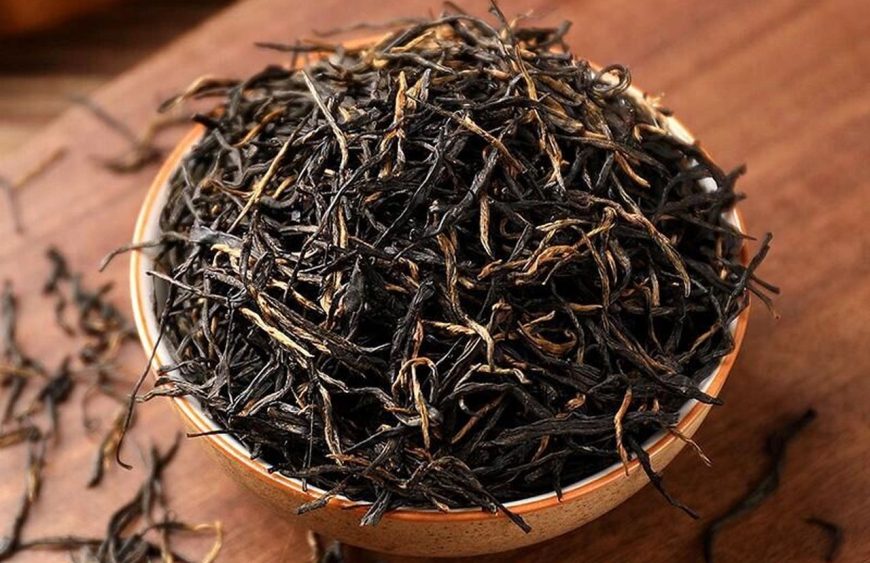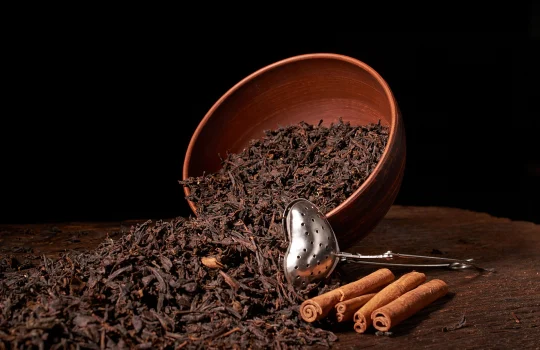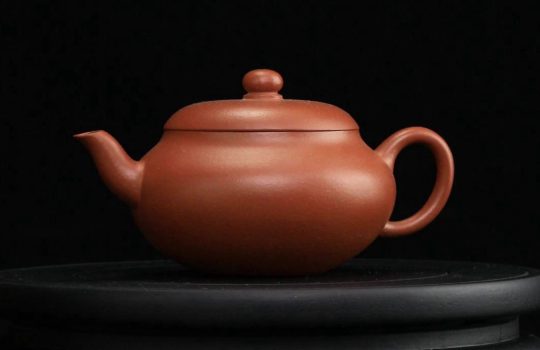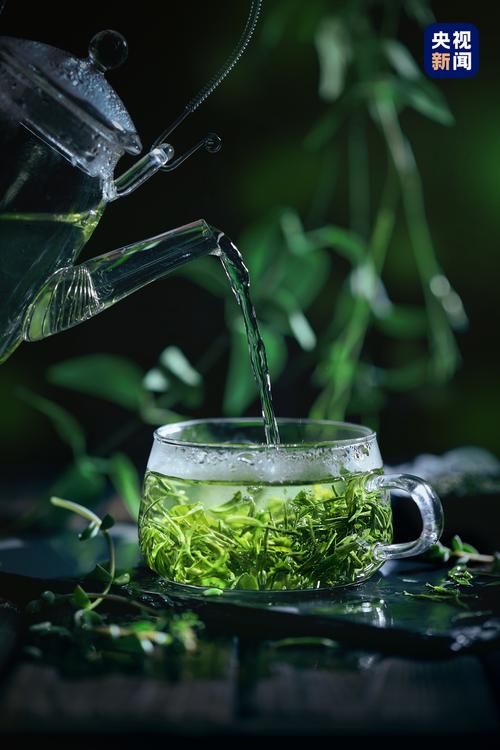Types of Chinese black tea, how to tell black tea apart, how to brew it, and how it’s made

Black Tea Tasting
Understanding Black Tea
Black tea is a fully fermented tea, named for its reddish-brown liquor. All black teas share the characteristics of red leaves, red liquor, and a sweet, mellow flavour. Although China’s black tea production is not large, there are many varieties, including Qihong, Dianhong, Minhong, Chuanhong, Yihong, Ninghong, Yuehong, and Suhong, among others. Among these, Qimen Black Tea is the most famous. Black tea accounts for approximately 6% of total tea production and is an important export tea in China, with export volumes accounting for around 50% of China’s total tea production.
Types of Black Tea
Classification Variety
Small-leaf Black Tea Zhengshan Xiaozhong, etc.
Gongfu Black Tea Yunnan Gongfu, Sichuan Gongfu,
Fujian Gongfu, etc.
Leaf tea, broken tea, powdered tea,
Black broken tea Broken tea, etc.
Identification of Black Tea
1. Small-leaf Black Tea
(1) Appearance: Thick, intact strands that are tightly rolled and heavy are superior; curved or loose strands are inferior.
(2) Colour: A lustrous black colour is superior; dark brown or dull red is inferior.
(3) Aroma: A high, long-lasting aroma with a pine smoke scent is superior; a faint, old-fashioned aroma is inferior.
(4) Liquor Colour: Bright red and vibrant liquor is preferred; dark red or pale yellow is inferior.
(5) Taste: Rich and mellow with a lychee-like aroma is preferred.
(6) Leaf Base: Tender with many buds, soft and uniform, bright red and vibrant is preferred.
2. Gongfu Black Tea
(1) Appearance: Tight, slender, slightly curved leaves with uniformity are preferred; coarse, loose leaves with poor uniformity are inferior.
(2) Colour: A reddish-brown colour with a lustrous sheen is preferred; a dark brown colour with uneven hues is inferior.
(3) Aroma: A rich, persistent aroma is preferred; an impure, dull aroma is inferior.
(4) Tea liquor colour: A bright, reddish-brown colour with a golden rim is preferred; a dark, turbid colour is inferior.
(5) Taste: A rich and mellow taste is preferred; a bitter, astringent, or coarse and bland taste is inferior.
(6) Leaf base: A bright, plump, and soft leaf base is preferred; a dark green, uneven, and mixed leaf base is inferior.
3. Broken Black Tea
(1) Appearance: Broken black tea has a uniform and consistent appearance; broken tea particles are tightly curled, leaf tea strands are straight and tight, and leaf fragments are thick and wrinkled; tea dust is sand-like in texture.
(2) Colour: A reddish-brown colour with a lustrous sheen is superior; a dry yellow or yellowish colour is inferior.
(3) Aroma: A rich aroma with fruity and floral notes is preferred.
(4) Tea liquor colour: A bright, vibrant red colour is preferred; a dark, cloudy colour is inferior. (5) Taste: A strong, intense taste is preferred; a weak, bland taste is inferior. (6) Leaf base: A bright, vibrant red leaf base is preferred; a dark, mottled leaf base is inferior.
Black tea processing techniques
1. Wilting
Wilting refers to the process of losing some moisture through sun-drying, etc., and is the first step in black tea production. Wilting enhances the enzyme activity of the tea and makes the leaves more flexible, facilitating shaping.
2. Rolling
The purpose of rolling black tea is the same as for green tea: to facilitate shaping during rolling, enhance colour, aroma, and flavour intensity, and promote oxidation to facilitate smooth fermentation.
3. Fermentation
The unique stage in black tea production, where polyphenolic compounds undergo oxidation under enzymatic action, causing the leaf colour to change from green to red, resulting in the characteristic red tea, red leaves, and red broth quality traits. Proper fermentation results in tender leaves with an even red colour and older leaves with a reddish-green hue, accompanied by a ripe fruit aroma.
4. Drying
As the name suggests, drying involves evaporating moisture. The fermented tea leaves are subjected to high-temperature baking to rapidly evaporate moisture, achieving the appropriate dryness to fix the shape and maintain dryness to prevent mould growth. The purpose of drying is to halt fermentation, enhance and retain high-boiling-point aromatic compounds, and achieve the distinctive rich, sweet, and intense aroma of black tea.
Storage of Black Tea
Compared to green tea, black tea ages and deteriorates more slowly and is easier to store. Simply place the black tea in a tea canister and store it in a cool, dry, shaded location, away from direct sunlight, high temperatures, and items with strong odours. Once opened, tea should be consumed as soon as possible to prevent the loss of flavour and aroma, which could affect the quality of the tea. Generally speaking, black tea does not need to be stored in the refrigerator as long as it is kept in a cool, dry place.
Methods of Brewing Black Tea
Clear brewing method, blended brewing method, cup brewing method, teapot brewing method, etc.



